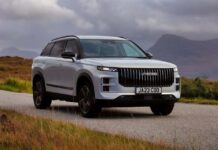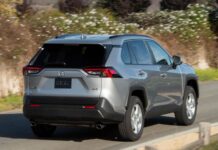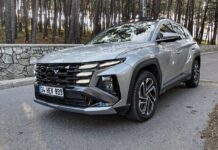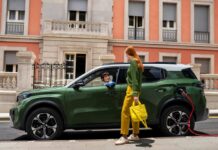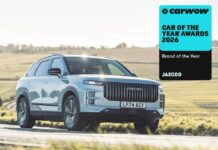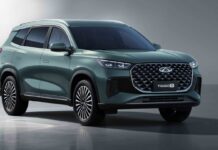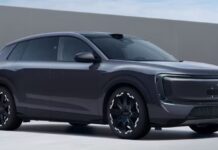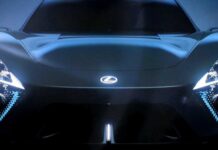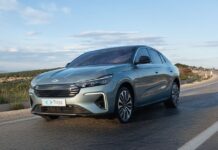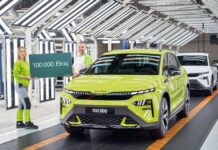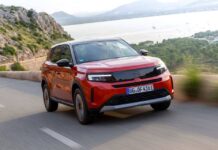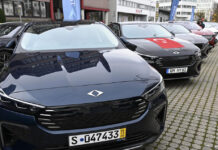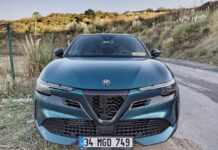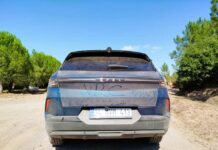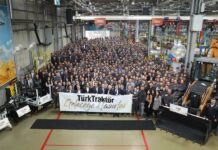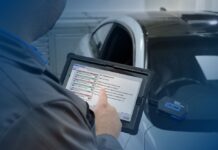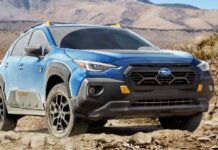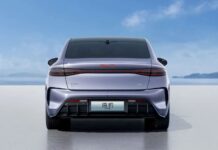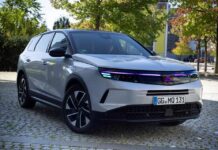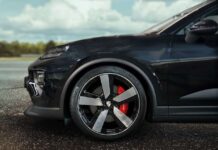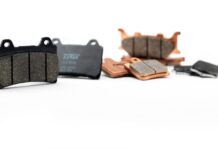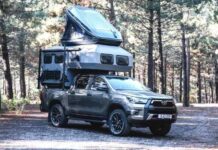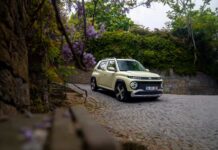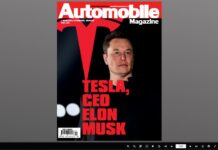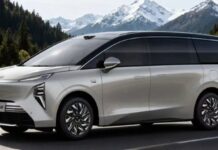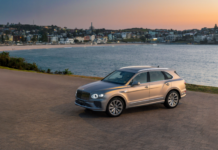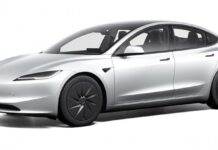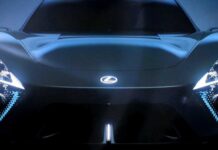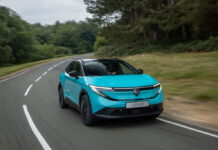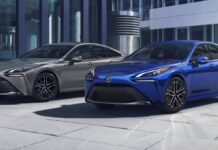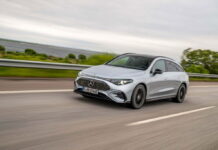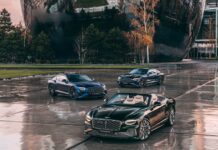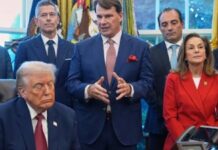Tesla presents itself as strengthened in its latest financial report, avoiding fanfare and focusing on continuity. Those hoping for product news may be disappointed, but the Texans have delivered figures likely to please investors: revenue surged to 28.1 billion dollars in the third quarter of 2025 — a new quarterly record and 12 per cent up on the previous year. Interestingly, this figure now comes not only from vehicle sales but increasingly from Tesla’s energy business, charging operations and other services. Looking at the automotive segment alone, Tesla generated 21.2 billion dollars in revenue (+6% year-on-year). Not a record — the company went slightly higher in Q2 2023.Tesla’s figures for profit and margin also show that its growth remains fragile and has yet to return to its former glory days. With a GAAP net profit of 1.37 billion dollars and an operating margin of 5.8 per cent, Tesla continues to stabilise over the course of the year. However, this remains at a relatively modest level and 37 per cent below last year’s profit. The US electric carmaker is still far from quarterly profits of 2 to 3 billion dollars — as seen during the successful quarters of 2021 and 2022 — or double-digit margins.High operating expenses reduce profitsTesla cites several reasons for this, including rising operating expenses, tariffs, higher average costs per vehicle (“due to lower fixed cost absorption for certain models”) , and relatively low income from the sale of CO₂ certificates (“regulatory credits”). The latter amounted to “only” 417 million dollars between July and September, whereas in some previous quarters this reliable source of income was nearly twice as high.What Tesla undoubtedly achieved in the third quarter was high delivery figures. With a record 497,099 electric cars sold in Q3, Tesla delivered a positive surprise earlier this month. The company also built 447,450 electric vehicles. This means Tesla is once again above last year’s figures — in other words, back in growth territory. The same applies to its energy business, with 12.5 GWh installed (+81% year-on-year), and its charging division, which added 3,500 new Supercharger stations (+18% year-on-year).Volume models single-handedly drive revenueIn terms of vehicles, it is noticeable that the importance of the larger models remains consistently low. With 435,826 units built and 481,166 delivered, the vast majority in Q3 (as usual) came from the two mid-range models, the Model 3 and Model Y. The “other” series — the Model S, Model X and especially the Cybertruck — accounted for 11,624 units produced and 15,933 delivered. Their significance remains marginal.It is not clear wether the improved sales figures are due to the model updates or the wider range of variants offered in China, but it remains to be seen how sales of the slimmed-down Model 3 and Model Y effect these figures when they launch in the fourth quarter. Or maybe the now-expired US tax credit, which led to premature purchases and will likely be followed by a sales slump in the fourth quarter? Tesla does not commented on this.Strong US business – thanks to a one-off effect?However, the fact that the discontinued US tax credit explains at least part of the sales volume is supported by a statistic that otherwise receives little attention in Tesla’s annual report. The EV maker published the market share of its vehicles by world region on a quarterly basis. While this share in Europe and China has fallen from roughly 2.5 to 2 per cent over the past year – with a downward trend – the market share in the United States rose noticeably in the past quarter, contrary to the general trend, reaching 3.5 per cent. Even though these are relative figures, the curves suggest that Tesla performed particularly well in the US over the past three months, likely thanks to a one-off effect. However, the true sales momentum can only be assessed once the next set of sales figures is released.In the coming months, no major innovations are expected in Tesla’s model line-up. The company says it will focus on “growing our sales volumes through a differentiated and efficiently managed product portfolio” as well as on “cost, scale and future monetization opportunities via services powered by our AI software.” Instead of building new factories, Tesla plans to increase capacity at its existing sites. It all sounds rather grounded. At least the Musk-led company is going out on a limb by confirming that both the Cybercab and the long-overdue Tesla Semielectric truck are scheduled to enter series production in 2026.Diversification as the key to stabilityAn entire section of the annual report is devoted to Tesla’s robotaxi service, which launched in Austin in the third quarter. The electric car manufacturer emphasises that this service has already been expanded to the the San Francisco Bay Area. Tesla also announced that it plans to open its lithium refinery in Texas in the final quarter of 2025 to strengthen its own battery supply chain and to start up its LFP production lines in Nevada in early 2026.Tesla aims to diversify in this area, along with investments in AI, software and fleet services, and charging infrastructure, to reduce its dependence on pure vehicle sales. The company seeks to protect itself against geopolitical uncertainties, specifically against the “difficult to measure the impacts of shifting global trade and fiscal policies on the automotive and energy supply chains.” Tesla acknowledges that it does not have full control over its own cost structure or demand. The manufacturer thus intends to preserve capital and make only “prudent investments” in the near future to position its vehicle, energy, and other business segments for growth. “The actual results will depend on a variety of factors, including the broader macroeconomic environment, the rate of acceleration of our autonomy efforts and production ramp at our factories.”However, Tesla would not be Tesla without at least a touch of grandiosity: “We believe our scale and cost structure will enable us to navigate the shifting market dynamics across the globe more effectively than our peers,” the company states, citing its AI expertise as a key competitive advantage and reiterating: “Every Tesla vehicle delivered today is designed for autonomy.” Sales targets for the fourth quarter or the coming year, which Tesla used to define quite clearly, have been absent from its financial reports for several quarters now — and the Q3 report is no exception.ir.tesla.com
Automobile Magazine-UK



